To contact us Click
HERE
We've spoken in the past about the importance of decolonizing time. Not everyone keeps track of time in the same way. It's a little difficult to get a full sense of how Lao observed time in the old days, but here's some initial research that may prove helpful.
It's largely adapted from the Martin Stuart Fox chronology of Lao history, and assuming the standard Asian zodiac. For those of you writing historic Lao fiction and other stories, this may be helpful to get your chronological bearings. The first year listed is the Lao year, the second year is the European/American calendar year.
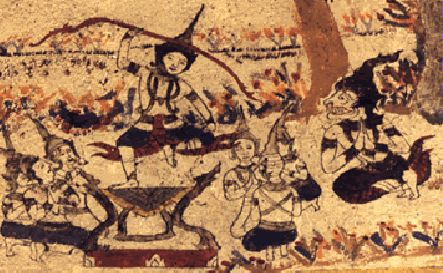
1896: Foundation of Lan Xang by Fa Ngum. 1353, Year of the Snake.
2022: Vietnamese invade Lan Xang. 1479, Year of the Pig.
2091: Xetthathirat briefly unifies kingdom of Lan Xang and Lan Na. 1548, Year of the Monkey.
2103: Capital moved to Viang Chan from Luang Prabang. 1560, Year of the Monkey.
2106 to 2118: Burmese invasions of Lan Xang. 1563-75, Year of the Ox to Year of the Pig.
2181 to 2238: Reign of Surinyavongsa. 1638-95, Year of the Tiger to Year of the Pig.
2184 to 2185: First Europeans reach Viang Chan. 1641-42, Year of the Snake to Year of the Horse.
2250, 2256: Lan Xang splits into 3 kingdoms. 1707 and 1713, Year of the Pig, Year of the Snake.
2322: All 3 kingdoms become tributaries to Siam. 1779, Year of the Pig.
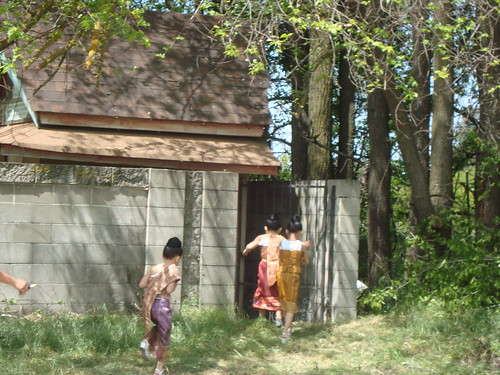
2369 to 2371: Chao Anouvong’s war of independence.1826-1828, Year of the Dog to Year of the Rat.
2363 to 2383: Earliest Hmong migrations into Laos. 1820-40, Year of the Nak to Year of the Rat.
2404: French explorer Henri Mouhot arrives in Luang Prabang. 1861, Year of the Rooster.
2410: French Mekong Expedition maps rivers through Lao territories. 1867, Year of the Rabbit.
2430: Auguste Pavie, first French vice-consul arrives in Luang Prabang. 1887, Year of the Pig.
2436: French seize Lao territories east of Mekong, ceded by Siam.1893, Year of the Snake.
2442: Administrative reorganization of Laos under Resident Superieur 1899, Year of the Pig.

2444 to 2450: ‘Holy Man Revolt’ in Southern Laos. 1901-07, Year of Ox to Year of the Goat.
2450: Franco-Siamese Treaty establishes modern Lao borders. 1907. Year of the Goat.
2451 to 2453: Leu insurrection in Northern Laos. 1908-10, Year of the Monkey to Year of the Dog.
2457 to 2459. Leu revolt in Luang Namtha and Ho Tai revolt in northeast. 1914-16, Year of the Tiger to Year of the Nak.
2462 to 2465: Hmong insurrection in Northern Laos. 1919-22, Year of the Goat to Year of the Dog.
2466: First session of Indigenous Consultative Assembly. 1923, Year of the Pig.
2484: Franco-Thai war leads to Loss of Lao territories on the West Bank of Mekong. 1941, Year of the Snake.
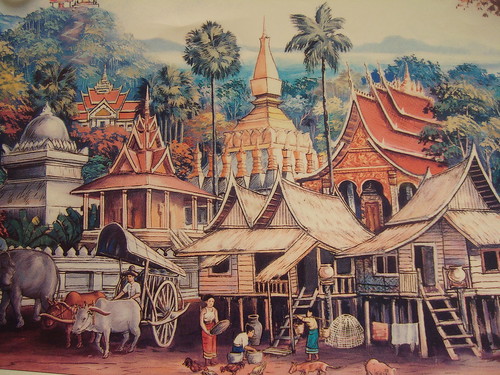
2488: Lao independence declared. 1945, Year of the Rooster.
2493: US recognizes Laos as an independent state. 1950, Year of the Tiger.
2507 to 2516. Secret bombings of Laos. 1964 to 1973, Year of the Nak to Year of the Ox
2518: End of the War for Laos. 1975, Year of the Rabbit.
2555: Present day. 2012, Year of the Nak.
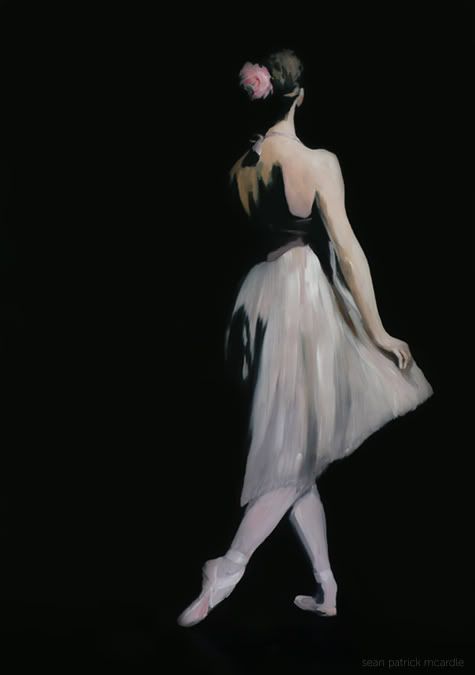


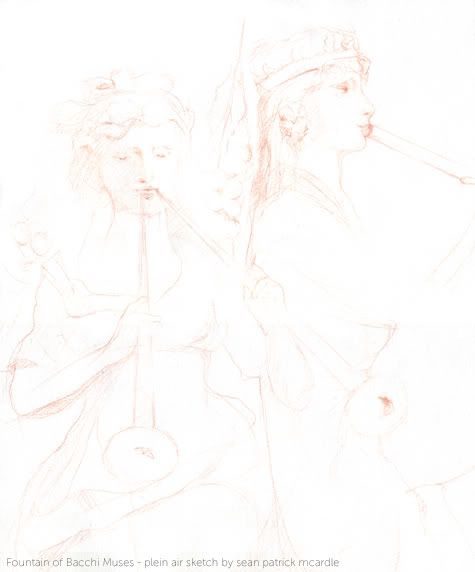
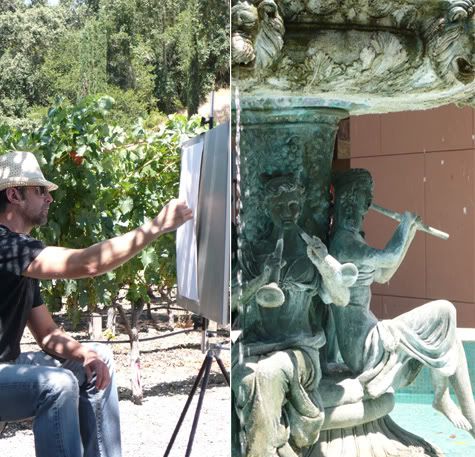


 Cheers to Mom!
Cheers to Mom!




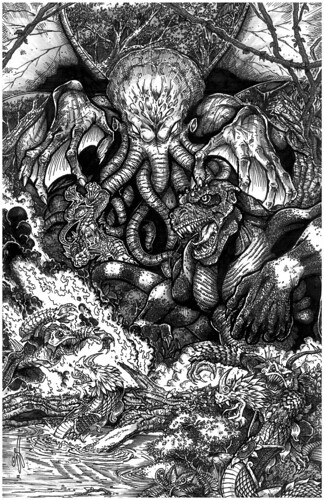
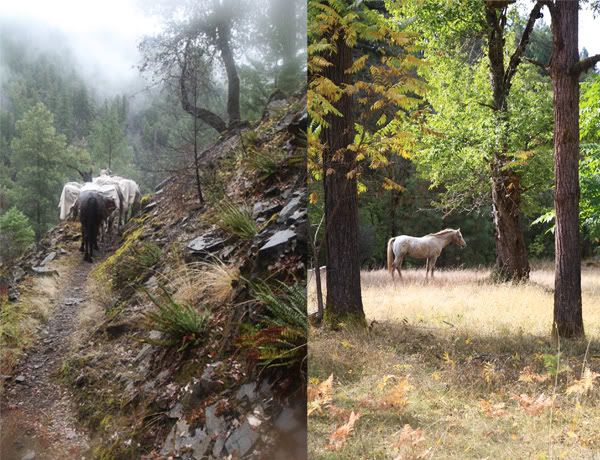
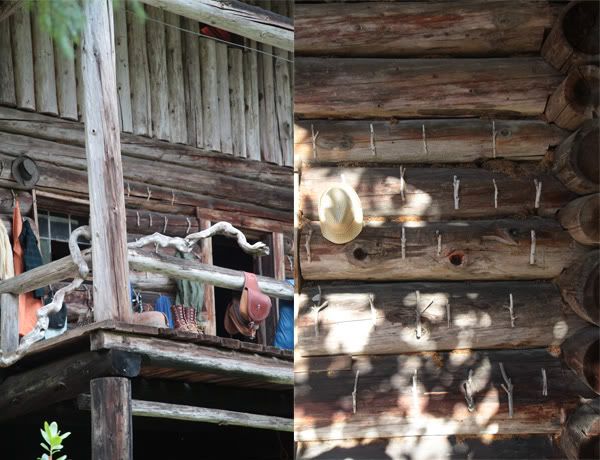
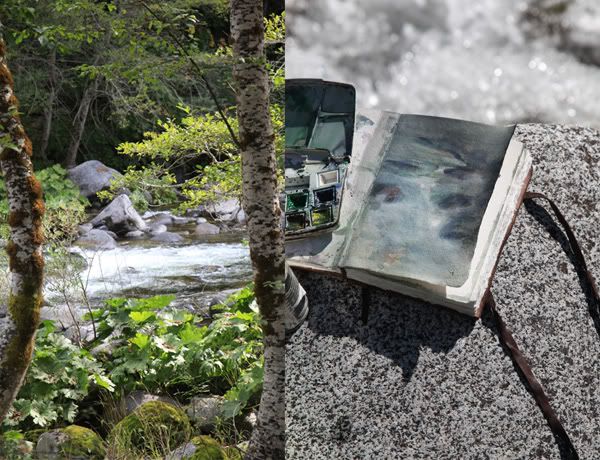


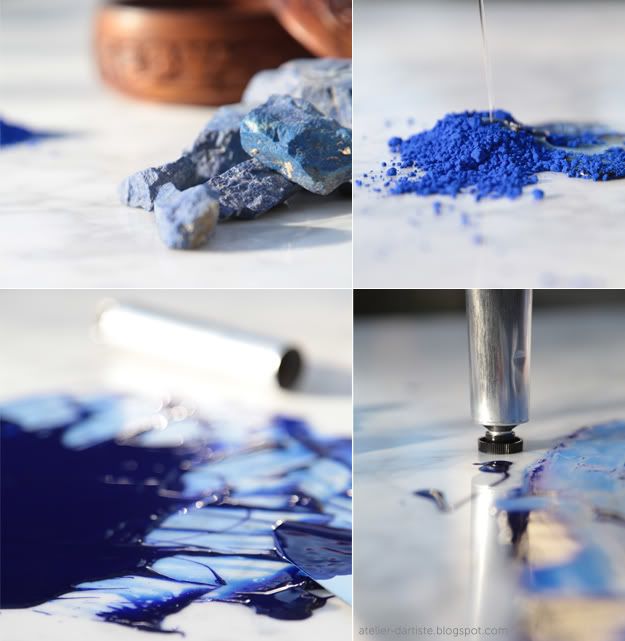
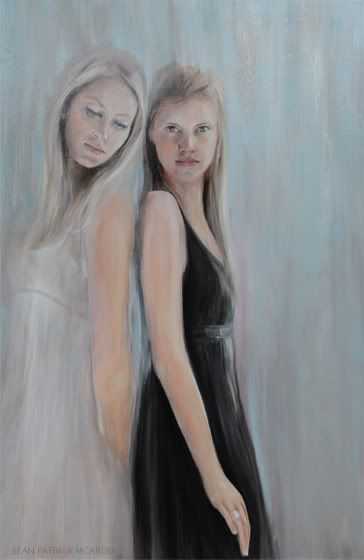

 From The Davis Enterprise on the ballet itself:
From The Davis Enterprise on the ballet itself: On the story and characters of the ballet:
On the story and characters of the ballet:
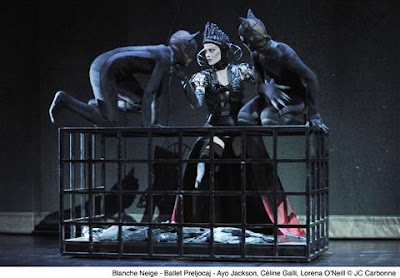








 Although I had seen Camille Rose Garcia's illustrations around in the past year or so she never really caught my attention until Amy Leigh Morgan blogged about her Snow White art and related book and show over at The Fairy Tale Factory back in February. She has, however, been around for a little while (since 2007) and has made a big impact in a short period of time. Her previous book Alice's Adventures in Wonderland was a New York Times Bestseller.
Although I had seen Camille Rose Garcia's illustrations around in the past year or so she never really caught my attention until Amy Leigh Morgan blogged about her Snow White art and related book and show over at The Fairy Tale Factory back in February. She has, however, been around for a little while (since 2007) and has made a big impact in a short period of time. Her previous book Alice's Adventures in Wonderland was a New York Times Bestseller. Here's the artistic description of the newly released book (the cover is shown at the head of the post), rather than a synopsis, since you're all familiar with Grimm's Little Snow White.
Here's the artistic description of the newly released book (the cover is shown at the head of the post), rather than a synopsis, since you're all familiar with Grimm's Little Snow White. Garcia, when deciding on her tone and text, looked back to the Brothers Grimm’s 1812 version of the story but, having grown up near and in Disneyland, she also couldn’t resist the tug of the classic 1937 animated feature film. “I did look to Disney’s animated ‘Snow White’ as the watercolor backgrounds were especially beautiful,” Garcia said. “I wanted to reference Walt Disney’s style but bring in the creepy Germanic folk-tale element.”
Garcia, when deciding on her tone and text, looked back to the Brothers Grimm’s 1812 version of the story but, having grown up near and in Disneyland, she also couldn’t resist the tug of the classic 1937 animated feature film. “I did look to Disney’s animated ‘Snow White’ as the watercolor backgrounds were especially beautiful,” Garcia said. “I wanted to reference Walt Disney’s style but bring in the creepy Germanic folk-tale element.”  The latter explains why, in this version, the Evil Queen devours Snow White’s lung and liver in one passage — or, more precisely, she believes the organs that she’s snacking on belong to Snow White. Garcia’s dark-tinged retelling of the classic is in the spotlight with an exhibit at the Michael Kohn Gallery in Beverly Hills that runs through April 14. On Thursday, Garcia will be at the gallery for a 6-8 p.m. signing event and in the weeks to come she’ll be on a book tour with stops already announced for San Francisco, Seattle and Portland, Ore.
The latter explains why, in this version, the Evil Queen devours Snow White’s lung and liver in one passage — or, more precisely, she believes the organs that she’s snacking on belong to Snow White. Garcia’s dark-tinged retelling of the classic is in the spotlight with an exhibit at the Michael Kohn Gallery in Beverly Hills that runs through April 14. On Thursday, Garcia will be at the gallery for a 6-8 p.m. signing event and in the weeks to come she’ll be on a book tour with stops already announced for San Francisco, Seattle and Portland, Ore.

